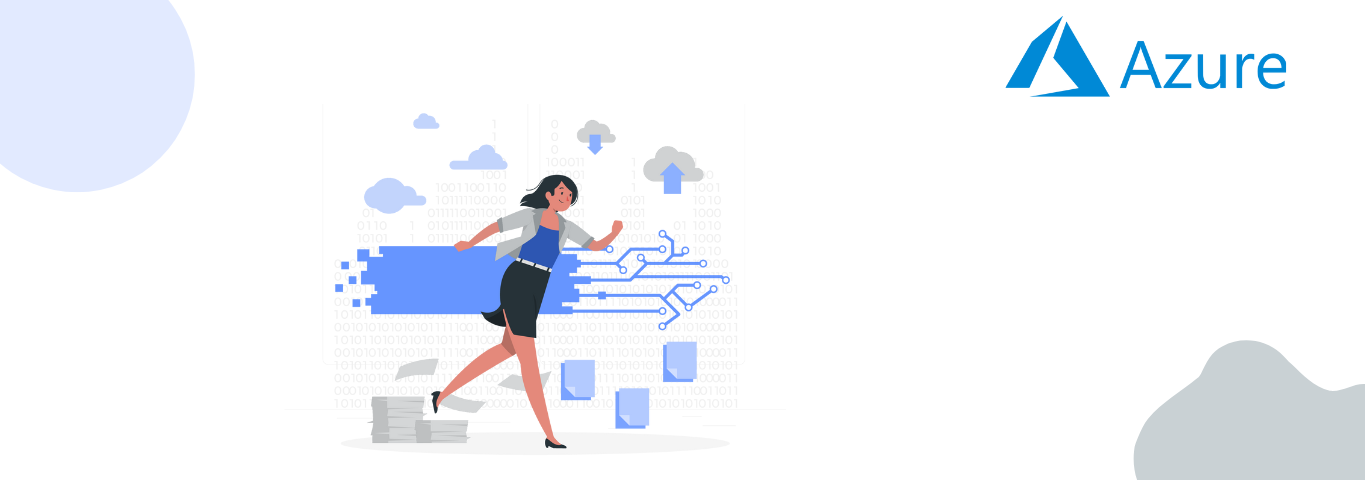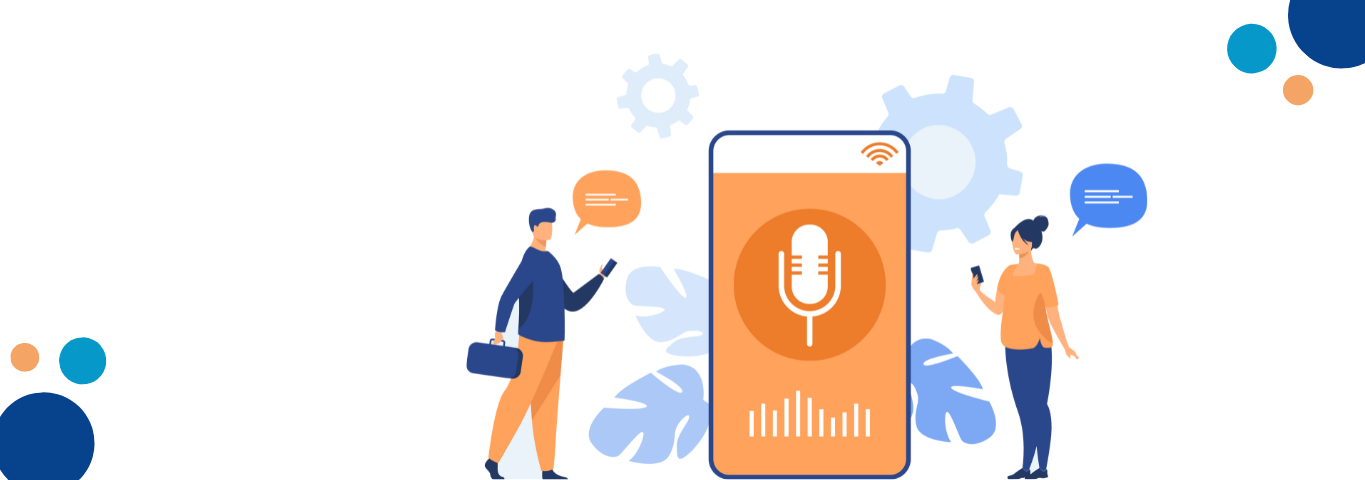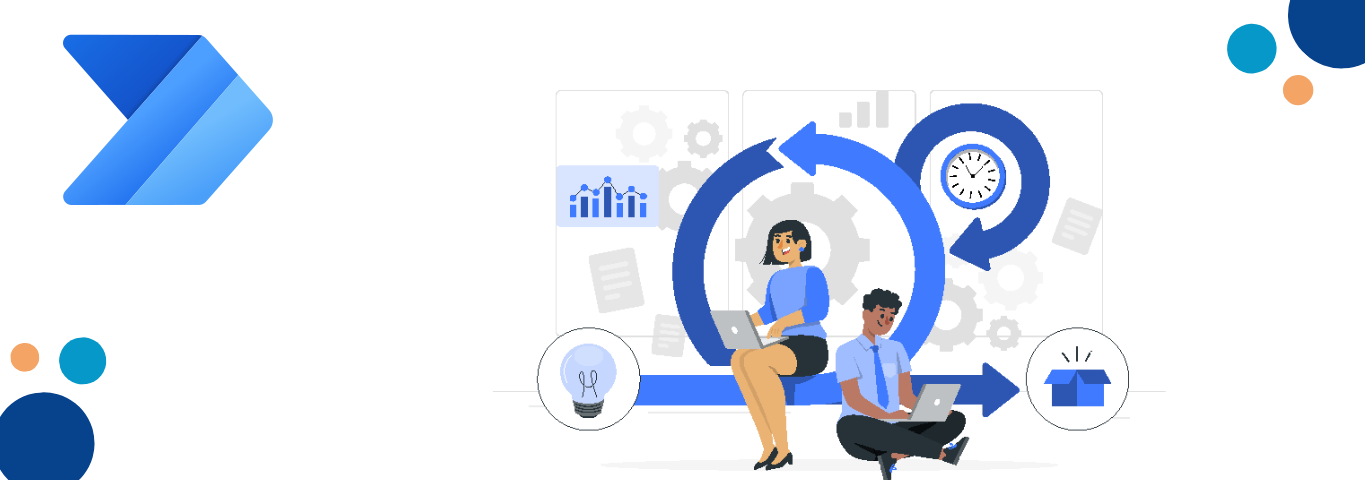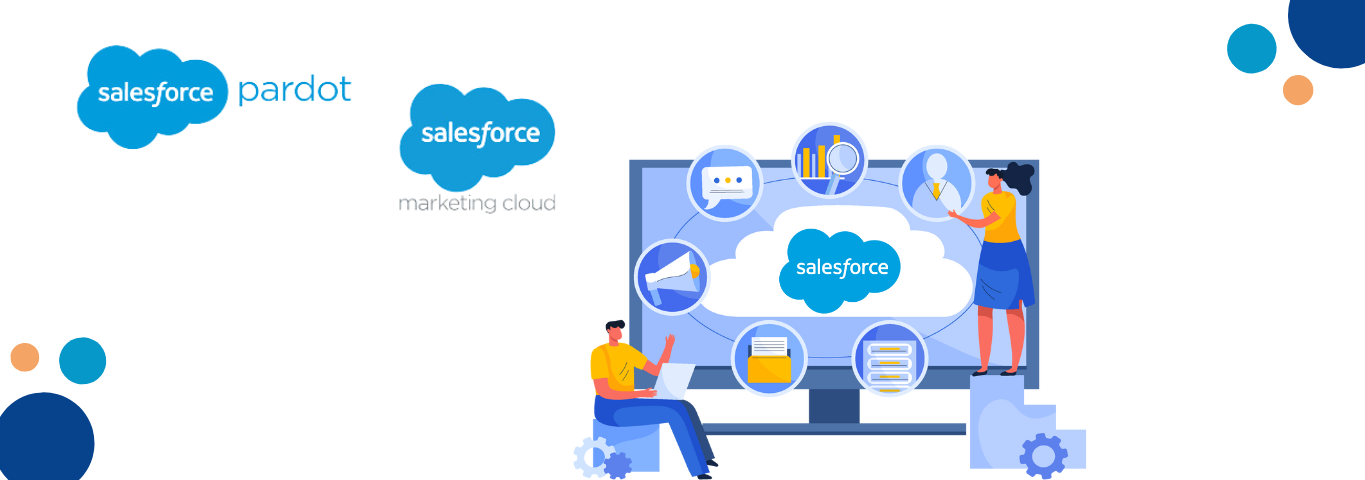Are you tired of settling for mediocrity in your Azure Durable Functions? Want to skyrocket your application performance and efficiency? Look no further! In this blog, we dive deep into the world of Azure Durable Functions optimization, revealing the secrets to unlocking their untapped potential. So, say goodbye to sluggish workflows and hello to blazing-fast execution!
Azure Durable Functions is a serverless framework that allows you to write stateful workflows using code that is scalable, reliable, and easy to maintain.
Here are some best practices to follow when implementing Azure Durable Functions:
- Use an orchestrator function: An orchestrator function is the entry point for your durable function workflow. It is responsible for managing the execution of the workflow and coordinating the communication between the individual functions in the workflow. Use an orchestrator function to manage your workflow and handle errors and retries.
- Break down workflows into smaller functions: Use smaller functions that perform specific tasks to break down larger workflows into more manageable pieces. This will make your code easier to read, understand, and maintain.
- Use activity functions for individual tasks: Use activity functions to perform particular tasks within your workflow. An activity function is a stateless function that performs a specific task, such as sending an email or retrieving data from a database.
- Use the Durable Functions Monitor: The Durable Functions Monitor is a web-based dashboard that provides real-time visibility into the state of your durable function workflows. Use it to monitor the progress of your workflows and to identify and troubleshoot any issues.
- Use the built-in retry mechanism: Azure Durable Functions provides a built-in retry mechanism allowing you to retry failed functions in your workflow automatically. Use it to handle transient errors and to ensure the reliability of your workflows.
- Use durable timers for delayed execution: Use durable timers to delay the execution of functions in your workflow. This is useful for implementing timeouts, scheduling periodic tasks, and implementing retry logic.
- Use environment variables to store configuration data: Use environment variables to store configuration data, such as connection strings and API keys. This will make managing your configuration data easier and deploying your code across different environments.
- Use dependency injection: Use dependency injection to manage dependencies between functions in your workflow. This will make your code more modular and easier to test and maintain.
- Use versioning to manage changes: Use versioning to manage changes to your durable function workflows. This will make it easier to roll back to previous versions if necessary and to maintain compatibility with external systems.
- Use logging: Logging is essential for debugging and monitoring your Azure Durable Functions. Use a logging framework like Azure Application Insights to log errors, warnings, and other relevant information. You can also use logging to trace the execution of your workflow and to identify performance bottlenecks.
- Implement idempotency: Idempotency is the property of a function that allows it to be safely retried multiple times without causing any side effects. Implement idempotency in your Azure Durable Functions to handle failures and retries reliably and consistently.
- Use durable entities: Durable entities are a particular type of function in Azure Durable Functions that provide a persistent state for your workflow. Use durable entities to store data that needs to be shared between multiple instances of your functions or to provide a shared state for your workflow.
- Use durable HTTP actions: Durable HTTP actions allow you to call external HTTP endpoints within your Azure Durable Functions workflow. Use durable HTTP actions to interact with external systems and services, such as REST APIs, databases, and message queues.
- Use durable locks: Durable locks provide a way to synchronize access to shared resources in your Azure Durable Functions. Use durable locks to ensure that only one instance of a function can access a shared resource at a time, such as a file, a database record, or a message queue.
- Use durable signals: Durable signals allow you to send signals between different instances of your Azure Durable Functions. Use durable signals to coordinate the execution of your workflow and to trigger specific actions based on events, such as a message arrival or a timer expiration.
- Use durable fan-out/fan-in: Durable fan-out/fan-in is a design pattern that allows you to execute multiple functions in parallel and then aggregate their results. Use durable fan-out/fan-in to parallelize your workflow and improve its performance.
- Use durable sub-orchestrations: Durable sub-orchestrations allow you to encapsulate a group of functions into a single unit of work that can be invoked from your primary orchestrator function. Use durable sub-orchestrations to break down complex workflows into smaller, more manageable work units.
- Use durable function chaining: Durable function chaining allows you to chain multiple functions together in a sequence, where the output of one function is used as the input to the following function. Use durable function chaining to implement sequential workflows and to pass data between functions.
- Test your functions: Testing is essential for ensuring the quality and reliability of your Azure Durable Functions. Use unit tests, integration tests, and end-to-end tests to test your functions in different scenarios and to identify and fix any issues before deploying them to production.
- Monitor your functions: Monitoring is essential for detecting and diagnosing issues in your Azure Durable Functions. Use tools like the Azure Monitor and the Durable Functions Monitor to monitor the health, performance, and availability of your functions in real time. Use alerts and notifications to notify you when something goes wrong and to take corrective action.
Summing Up
Azure Durable Functions is a robust framework for writing scalable, reliable, and easy-to-maintain serverless workflows. By following best practices like using an orchestrator function, breaking down workflows into smaller functions, using activity functions for individual tasks, and implementing retry mechanisms, you can ensure the reliability and scalability of your functions.







Comments